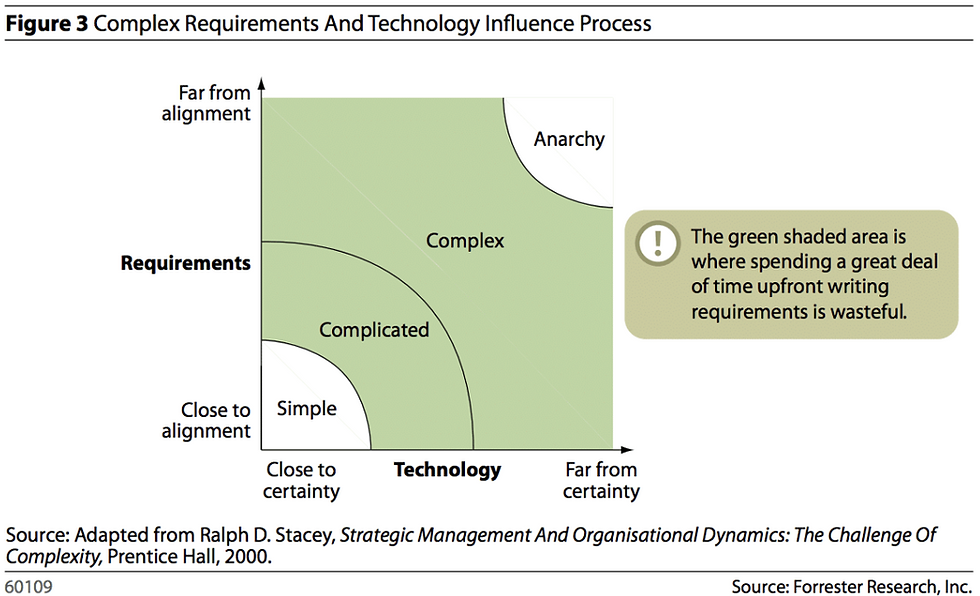Demonstrating Community Project Impact: Sharing Success Stories and Data to Build Donor Confidence and Accountability
- Violet Swierkot
- Nov 7, 2024
- 3 min read

Ref: ICAS, 2024 [online] has funded and published research into charity impact reporting to inform the Charities Statement of Recommended Practice (SORP).
Some recommendations:
Effectively communicating the impact of community projects is essential, particularly in today’s outcome-focused environment, where donors and stakeholders expect clear evidence of the difference their contributions are making. By showcasing the tangible results and success stories, organisations can build trust, show accountability, and foster long-term loyalty. Here are some strategies to help community organisations share their successes and data with donors.
1. Regular Updates
Keeping donors updated on project progress keeps them engaged and reassures them of the value of their support. Newsletters, social media posts, and targeted email campaigns can highlight updates, milestones, and key achievements, allowing donors to stay informed and reinforcing their connection to the cause.
Tip: Break down achievements by project phase or share quarterly highlights. Visual aids such as progress bars or before-and-after photos can add clarity and appeal to updates.
2. Personalised Communications
Personalisation significantly enhances the donor experience, helping them feel directly responsible for the positive outcomes their support has enabled. Segmenting donors based on contribution size, involvement, or areas of interest allows for tailored communication that acknowledges their unique impact. Personalised updates, thank-you notes, or even short videos recognising their contributions can make a difference.
Tip: Include specific examples of how each donor’s support has benefited the project. For instance, if a donor funded a particular component of a project, highlight how that area has progressed thanks to their contribution.
3. Host Impact Events
Events such as webinars, town halls, or annual meetings allow organisations to connect with donors on a more personal level. These events serve as platforms to present impact reports, share success stories, and give donors a glimpse behind the scenes. Hearing directly from beneficiaries or project leaders often gives donors a deeper, more personal understanding of the work.
Tip: Use interactive elements like Q&A sessions, breakout discussions, or live polls to engage participants. Recording and sharing these events can also extend their impact beyond the immediate attendees.
4. Create an Impact Section on Your Website
A dedicated “Impact” section on your website provides a centralised space for donors and stakeholders to view the organisation’s achievements. This section could include downloadable reports, case studies, videos, and interactive graphics that showcase outcomes, educating donors and demonstrating transparency.
Tip: Update this section regularly with new stories, data, or testimonials to keep it dynamic. Add multimedia elements like infographics, videos, and interactive charts to suit different learning preferences.
5. Engage Through Social Media
Social media platforms are excellent channels for reaching a wider audience with your impact stories. Sharing snapshots of your success in real time can spark engagement and give followers a direct view of the difference their support makes. Visuals like infographics, short videos, and testimonials make posts more shareable, potentially attracting new supporters.
Tip: Develop a content calendar to ensure regular impact highlights. Encourage followers to share posts to increase reach and visibility.
6. Leverage Data Storytelling
Data is powerful, but it becomes even more impactful when combined with storytelling. Data storytelling helps donors understand the breadth and depth of your impact by turning statistics into meaningful insights. For example, sharing how many families were supported or meals provided can illustrate the tangible impact of donations.
Tip: Use simple visualisations like charts, maps, and graphs to make data more digestible. Combine this with individual success stories that put a face to the numbers, making the impact real and relatable.
7. Provide Transparent Reporting
Transparency builds trust, and detailed impact reports play a major role in demonstrating this to donors. Reports should provide an honest view of achievements, challenges, and lessons learned. They can also outline goals for future improvement, giving donors a clear view of the organisation’s commitment to continual growth and accountability.
Tip: Share both successes and areas for improvement to demonstrate a commitment to development. Breaking down financials and resource allocations helps donors understand how their contributions have been used.
Conclusion
Demonstrating impact is more than simply showing results—it’s about building a lasting relationship with donors and stakeholders. By sharing success stories, providing transparent data, and keeping supporters engaged, community projects can secure ongoing support and build a sense of shared purpose. The most successful organisations recognise that donor engagement is a journey that grows stronger as they continue to celebrate and communicate the real-world impact of every contribution.
Developing a structured approach to impact reporting and communication enables donors to see the value of their support, inspiring them to stay involved and helping community projects to thrive.



Comments